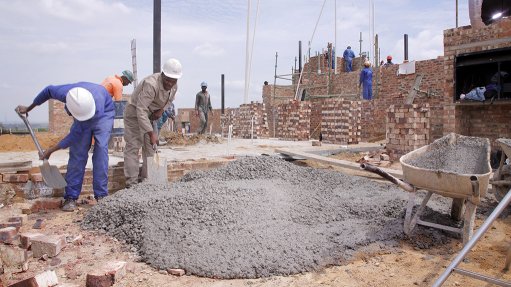Eskom hints at earlier Ingula completion as it marks start-up of first unit



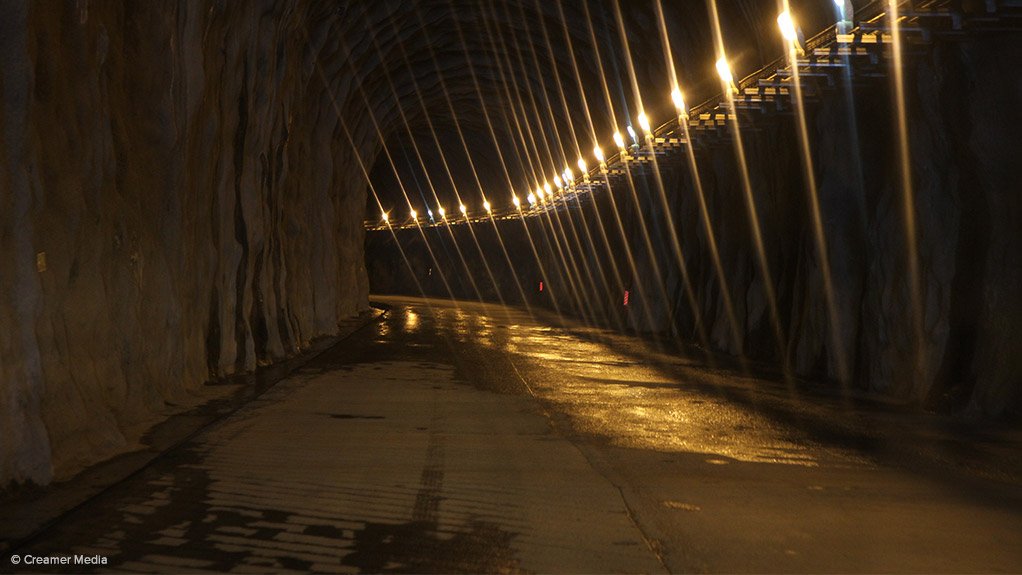
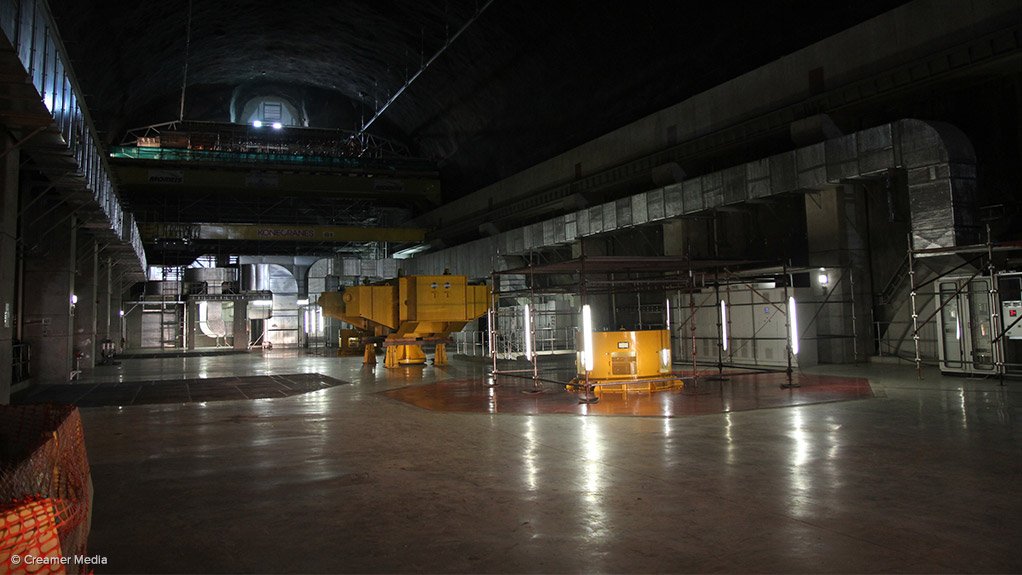
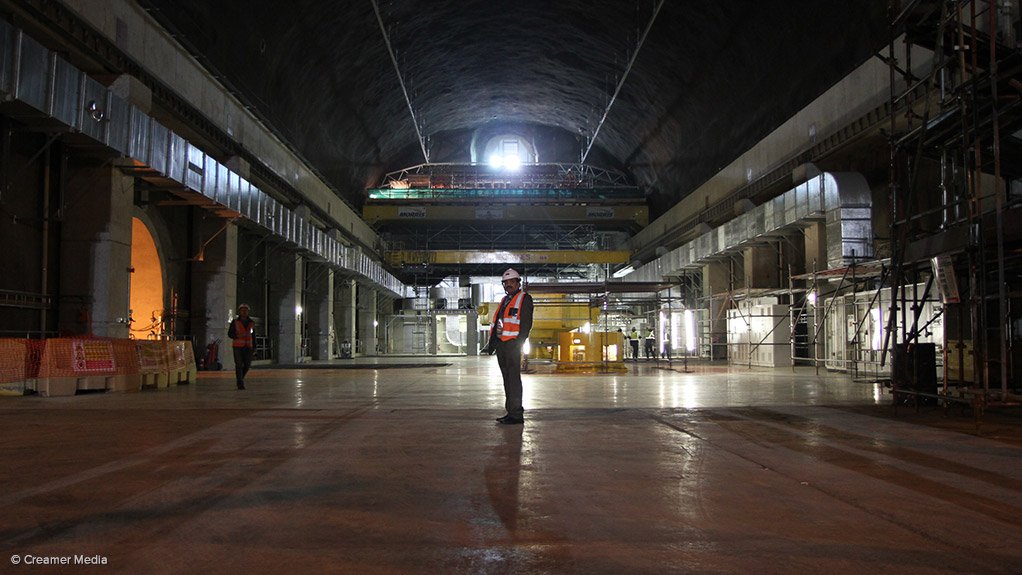
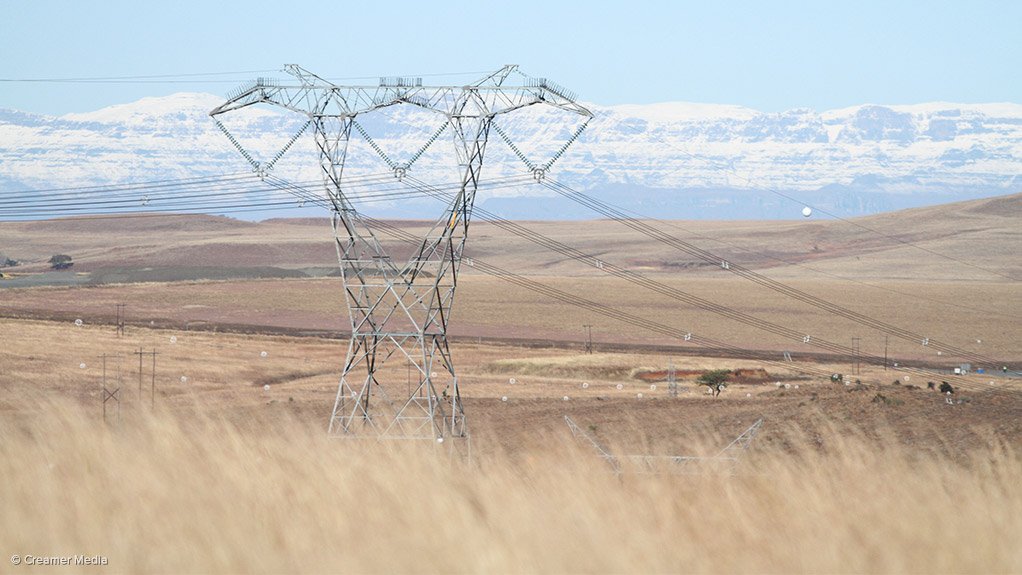
President Jacob Zuma receiving a briefing in the main Ingula access tunnel
Photo by Duane Daws
A reflection of an Eskom employee in the control room window looking out on to the Ingula access tunnel
Photo by Duane Daws
Photo by Duane Daws
Photo by Duane Daws
Photo by Duane Daws
Photo by Duane Daws
With the first 333 MW unit, Unit 4, of Eskom’s Ingula pumped-storage scheme officially in commercial operation, the State-owned utility has expressed optimism that the full 1 332 MW, four-unit peaking plant will be completed ahead of its official timeline of July next year.
Unit 4 was officially inaugurated on Wednesday by President Jacob Zuma, who marvelled at the engineering feat, likening the network of tunnels and caverns to a “city under the mountains”.
Situated in the picturesque lower Drakensberg mountains, on the border of the KwaZulu-Natal and Free State provinces, even the two dams (one in the Free State, the other in KwaZulu-Natal), the high-voltage yard and the corridor of transmission lines barely reflect the scale of below-ground activity.
Named after the milky froth that forms at the top of a calabash, the hydropower scheme incorporates tunnels longer than those built to accommodate the Gautrain passenger rail service in Gauteng. Besides the 1.4 km main access tunnel, its underground waterways stretch for 4.7 km, while the machine hall is housed in the world’s largest-span cavern excavated in soft mud-rock geology. At peak flow, water equivalent in volume to eight Olympic swimming pools passes through the turbines every minute.
In total, the plant represents 16 hours of storage, or 21 000 MWh, and group executive for capital projects Abram Masango reports that it is among the twenty largest pumped-storage schemes in the world.
The four units are located 350 m underground and to turn the more than 500 t rotating mass of the generator rotor and turbine, water is released from Ingula’s Bedford Dam, situated 460 m higher and two-kilometres away. Water flows at high speeds down to the turbines enabling Ingula to respond, within two-and-a-half minutes, to any increase in demand on the national grid.
Masango reports that the peaking plant follows a weekly rhythm, whereby water is released during the working week to respond to the country's morning and evening peaks. However, the flow is reversed on Sundays when water is pumped from the lower Braamhoek dam back up to the Bedford dam in preparation for the subsequent work week.
All four 333 MW units have been synchronised to the national grid, but only Unit 4 is operating commercially, having officially reached that milestone on June 10.
Units 2 and 1 were synchronised on May 21 and June 16 respectively and should repairs to Unit 3, which was damaged post synchronisation, prove successful, Eskom is optimistic that the power station could be fully operational by the end of its current financial year. Officially, though, Eskom expects all four units to be in commercial operation by July 2017.
DIFFICULT PROJECT
As with the utility’s other major projects, however, the construction phase of the hydropower development has faced major challenges, not least the tragic death of six construction workers on October 31, 2013. The incident and subsequent investigation resulted in the closure of the site for a number of months, delaying project completion.
Zuma used his address to reflect on the project’s safety difficulties by pausing to read the names of all those associated with the project who perished during its construction.
Besides the schedule slippages, the project has also materially overrun its budget, which was initially set at R8.9-billion.
Eskom recently reported cumulative project costs of R26.8-billion, against a revised budget of R25.9-billion. It also said the project budget would require revision prior to project completion, after conclusion of the legal reviews of contract-related disputes.
However, Eskom chairperson Dr Baldwin Ngubane insisted that the group had a grip on the build programme and indicated that, besides Ingula, the board was optimistic that the outstanding units at the Medupi, as well as Kusile, coal projects might also be introduced ahead of the most recently revised schedule.
Eskom recently updated its cost-to-completion estimates for Medupi and Kusile, being built in Limpopo and Mpumalanga respectively. It reported that Medupi was now expected to cost R145-billion, rather than R105-billion, while Kusile was expected to cost R161-billion, not R118-billion. Neither estimate includes interest during construction.
Only one Medupi unit, Unit 6, is currently in commercial operation, with Unit 5 expected to enter commercial operation only in the first half of 2018. The entire six-unit project is expected to be completed only in 2020.
Kusile, meanwhile, is expected to be in full production in 2022, with the first unit, Unit 1, expected to begin producing only in the second half of 2018.
Comments
Announcements
What's On
Subscribe to improve your user experience...
Option 1 (equivalent of R125 a month):
Receive a weekly copy of Creamer Media's Engineering News & Mining Weekly magazine
(print copy for those in South Africa and e-magazine for those outside of South Africa)
Receive daily email newsletters
Access to full search results
Access archive of magazine back copies
Access to Projects in Progress
Access to ONE Research Report of your choice in PDF format
Option 2 (equivalent of R375 a month):
All benefits from Option 1
PLUS
Access to Creamer Media's Research Channel Africa for ALL Research Reports, in PDF format, on various industrial and mining sectors
including Electricity; Water; Energy Transition; Hydrogen; Roads, Rail and Ports; Coal; Gold; Platinum; Battery Metals; etc.
Already a subscriber?
Forgotten your password?
Receive weekly copy of Creamer Media's Engineering News & Mining Weekly magazine (print copy for those in South Africa and e-magazine for those outside of South Africa)
➕
Recieve daily email newsletters
➕
Access to full search results
➕
Access archive of magazine back copies
➕
Access to Projects in Progress
➕
Access to ONE Research Report of your choice in PDF format
RESEARCH CHANNEL AFRICA
R4500 (equivalent of R375 a month)
SUBSCRIBEAll benefits from Option 1
➕
Access to Creamer Media's Research Channel Africa for ALL Research Reports on various industrial and mining sectors, in PDF format, including on:
Electricity
➕
Water
➕
Energy Transition
➕
Hydrogen
➕
Roads, Rail and Ports
➕
Coal
➕
Gold
➕
Platinum
➕
Battery Metals
➕
etc.
Receive all benefits from Option 1 or Option 2 delivered to numerous people at your company
➕
Multiple User names and Passwords for simultaneous log-ins
➕
Intranet integration access to all in your organisation
















